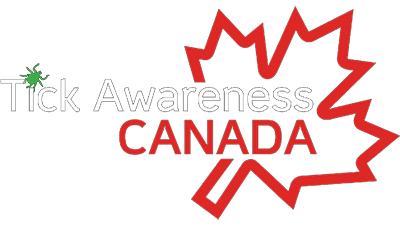Powassan Virus
Posted on 10 April 2023.
Powassan virus is spread to people by the bite of an infected tick. Although considered rare, the number of reported cases of people sick from Powassan virus has increased in recent years. Most cases in the United States occur in the northeast and Great Lakes regions primarily in the late spring, early summer, and mid-fall when ticks are most active. There are no vaccines to prevent or medicines to treat Powassan virus infection. People with severe Powassan virus disease often need to be hospitalized to receive support with breathing and swelling in and around the brain. Reduce your risk of infection from Powassan virus by avoiding ticks. Learn to prevent tick bites, prevent ticks on your pets, and prevent ticks in your yard.
Many people who become infected with Powassan (POW) virus do not develop any symptoms.
The incubation period (time from tick bite to onset of illness) ranges from about 1 week to 1 month.
POW virus can infect the central nervous system and cause encephalitis (inflammation of the brain) and meningitis (inflammation of the membranes that surround the brain and spinal cord).
Symptoms can include fever, headache, vomiting, weakness, confusion, loss of coordination, speech difficulties, and seizures.
Approximately half of survivors have permanent neurological symptoms, such as recurrent headaches, muscle wasting and memory problems.
Approximately 10% of POW virus encephalitis cases are fatal.
Treatment
There are no vaccines or medications to treat or prevent POW virus infection.
If you think you or a family member may have POW virus disease, see your health care provider for evaluation and diagnosis.
Persons with severe POW illnesses often need to be hospitalized. Treatment may include respiratory support, intravenous fluids, and medications to reduce swelling in the brain.
Source: Cdc
Powassan Virus: An Emerging Arbovirus of Public Health Concern in North America
https://www.ncbi.nlm.nih.gov/pmc/articles/PMC5512300/
Newfoundland, Quebec, Some documented in the Maritimes
https://wwwnc.cdc.gov/eid/article/25/8/19-0399_article
As temperatures increase in Canada, the environment becomes more suitable for ticks and the season suitable for tick activity lengthens, so tick-borne diseases are likely to become more common in Canada. In addition to Lyme disease, four other tick-borne diseases (TBDs) have started to emerge and are likely to increase: Anaplasmosis; Babesiosis; Powassan virus; and Borrelia miyamotoi disease.

